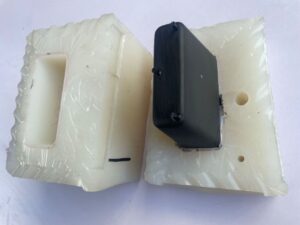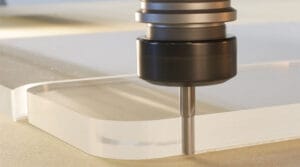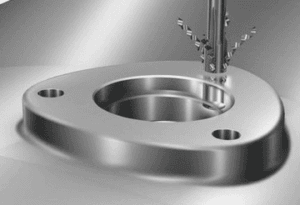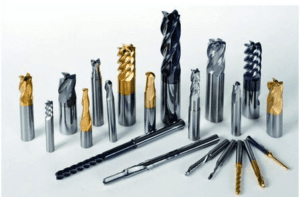During the plastic prototyping process, prototype engineers usually need to color the plastic prototype to reflect the original design to allow the designers to evaluate the final appearance. but do you know how to add color to plastic prototypes? Today, in this blog, we will share the answers with you.
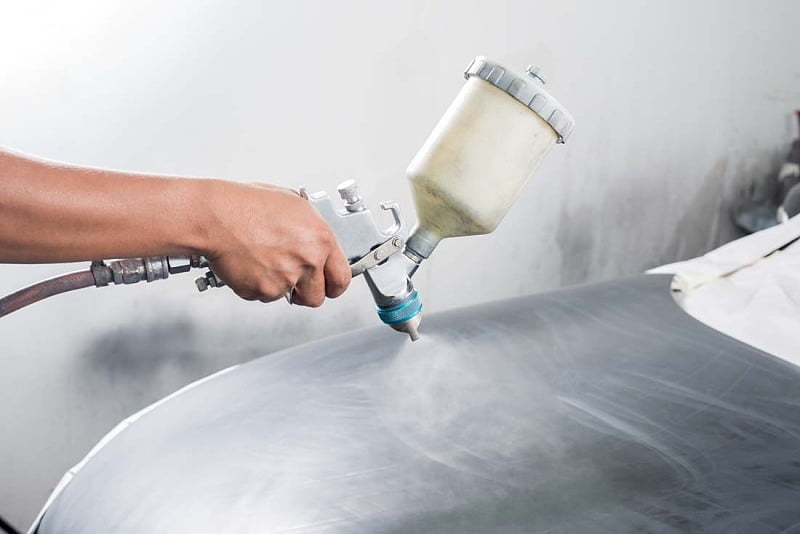
Spray Painting
Spray painting is a simple and cost-effective process used to add color to plastic parts. Using spray guns with air pressure to disperse into uniform and fine droplets and apply the painting to the surface of the object. For plastic prototypes or products, Painting options commonly include matte, satin, high-gloss, textured, and UV coatings.
How To paint plastic prototype step by step?
Step 1: Prepare the workspace and Equipment.
Spray paint is bad for health to inhale, and the overspray and dust can easily land on nearby surfaces, So you need to prepare a workspace with enough space where there is a good ventilation condition. Meanwhile, you need to wear a mask and prepare the related equipment such as paint, a spray gun, Fine sandpaper, soak water, etc.
Step 2: Cleaning and Sanding the Surface of the prototype
Clean the surface of the plastic prototype with a sponge or cloth Soaked with soapy water to remove dust, dirt, and other particles that could prevent the paint from adhering. After it is completely dry, use fine-grit(around 200 grit) sandpaper to sand the surface of the plastic. in the last, wipe the surface with a cloth to remove dirt, dust, and plastic particles from sanding.
Step 3: Spray the First Coat of Paint
Shake the can of paint, then use a Spray gun to sweep back and forth over the object in a vertical or horizontal motion to apply a thin and even coat to the surface. once the paint covers the surface evenly, let the paint dry for around 30 minutes.
Step 4: Apply a second coat of paint
Repeat the painting process by applying a second coat of paint to make sure enough paint thickness and cover on the surface of the plastic prototype evenly.
Step 5: Curing the part in an oven
Put the plastic prototype with paint in the oven, and set it to 50 degrees to cure the paint for at least 2 hours. if you do not have the oven, then you need to take more time to let the paint cure at room temperature.
Tips for Painting
- Read the instructions on the label of Paint Can. Painting steps may vary because of different types of paint.
- Spray From a distance, Hold the can or spray gun around 40cm from the object.
- when using regular spray paint, Using a plastic primer before painting can prevent the paint from peeling.
- Keep the spray light to avoid drips.
What is the best paint for plastic?
Krylon Fusion for Plastic or Rust-Oleum Specialty Plastic Primer Spray is the most commonly used spray paint for painting on plastic prototypes. but In many cases, you can use general-purpose spray paint, such as Krylon Paint + Primer or Rust-Oleum Universal Spray Paint for more color options to choose from.
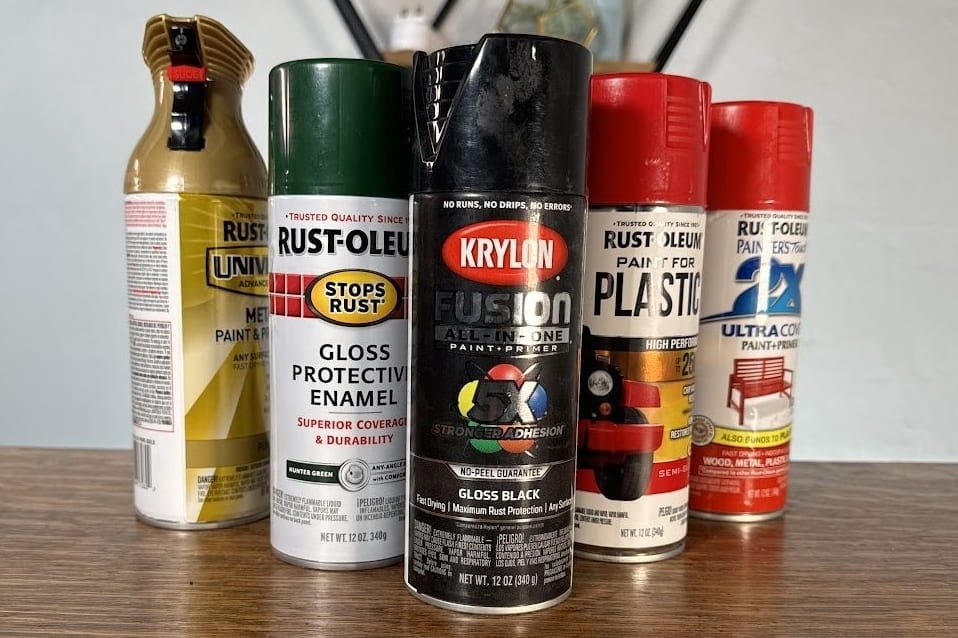
Dyeing Acrylic prototype
When making clear plastic prototypes such as PMMA, Dyeing with water-based dyes makes the best aesthetic and technical solution for acrylic plastic products. Dyeing can make a finer surface with a longer-lasting color than painting and keep the transparency of the clear acrylic plastic prototypes. this is because dyeing results in the chemical interaction between a dye and the surface of plastic.
How to dye acrylic prototype step by step?
Step 1: Prepare a big enough-sized metal tank with boiled water inside.
Step 2: Pour the dye well prepared into it, take your stirring rod, and combine them until the dye has dissolved.
Step 3: Place the Acrylic Plastic prototype Into the Dye with tongs, make sure all surfaces of acrylic plastic are fully immersed without causing any damage or scratches.
Step 4: Keep the Dyeing Process for at least 20 minutes or longer for better diffusion and a longer-lasting effect.
Step 5: After dyeing the acrylic plastic in the tank, submerge the part in cold water to finish the dyeing process.
Step 6: Dry the acrylic plastic prototype
Tips for Dyeing Acrylic
- Read the instructions for the dye to follow
- if no specific instruction, Mix water to dye in a 3:1 ratio
- Remember to wear gloves when touching the dye
- if you want to increase color intensity, Prolonged immersion in the dye tank
What is the best dye for Acrylic plastic?
Rit dye is very popular for dyeing plastic materials very well, especially black dye. Rit can usually be found in the local store and online shop, it is available in different pigments should you desire an alternative color.
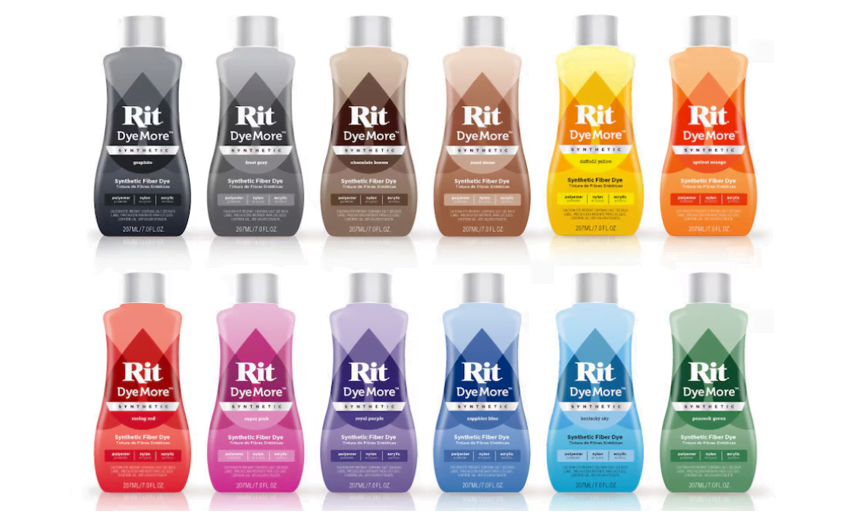
How to Color plastic for injection molding prototypes?
Painting and dyeing are two methods for post-finishing after the plastic prototype is done. there is another option to color the plastic pellets for injection molding prototypes, These plastic pellets can be mixed with dye pellets before they are melted and injected into a mold. there are mainly four methods to color the pellets as below:
- Color Compounding: This process integrates the colored pigment in the plastic resin pellet from the moment of its creation.
- Master batching: this is to mix the colored pellets with uncolored pellets in a certain proportion.
- Solvent Coloring: It means spraying on uncolored pellets with a solvent mixed with the required pigment in a certain ratio.
- Dry Pigment Mixing: this is to use dry pigment powder mixed directly with the pellets in the injection machine.
Conclusion
Spray painting, Dyeing, and Solvent Coloring are the three ways to color plastic prototypes and are widely used in the plastic prototyping process. However, Coloring plastic prototypes requires skills to get a perfect result for the engineers to verify the right color of the design. KUSLA has over 10 years of experience in plastic prototyping with painting, and dyeing capabilities in-house. if you need prototypes with the perfect color as your design, contact us now to get instant feedback.
FAQ
Can you paint molded plastic?
Yes, molded plastic parts can be painted with a specific paint. this process requires a professional team with the proper equipment and an experienced staff.
How do you make paint stick to plastic permanently?
Using a good primer, will help a lot the paint stick to plastic and make it stay on it permanently.
Can you dye polycarbonate parts?
No, Polycarbonate is not good for dyeing to get a perfect colored surface.


